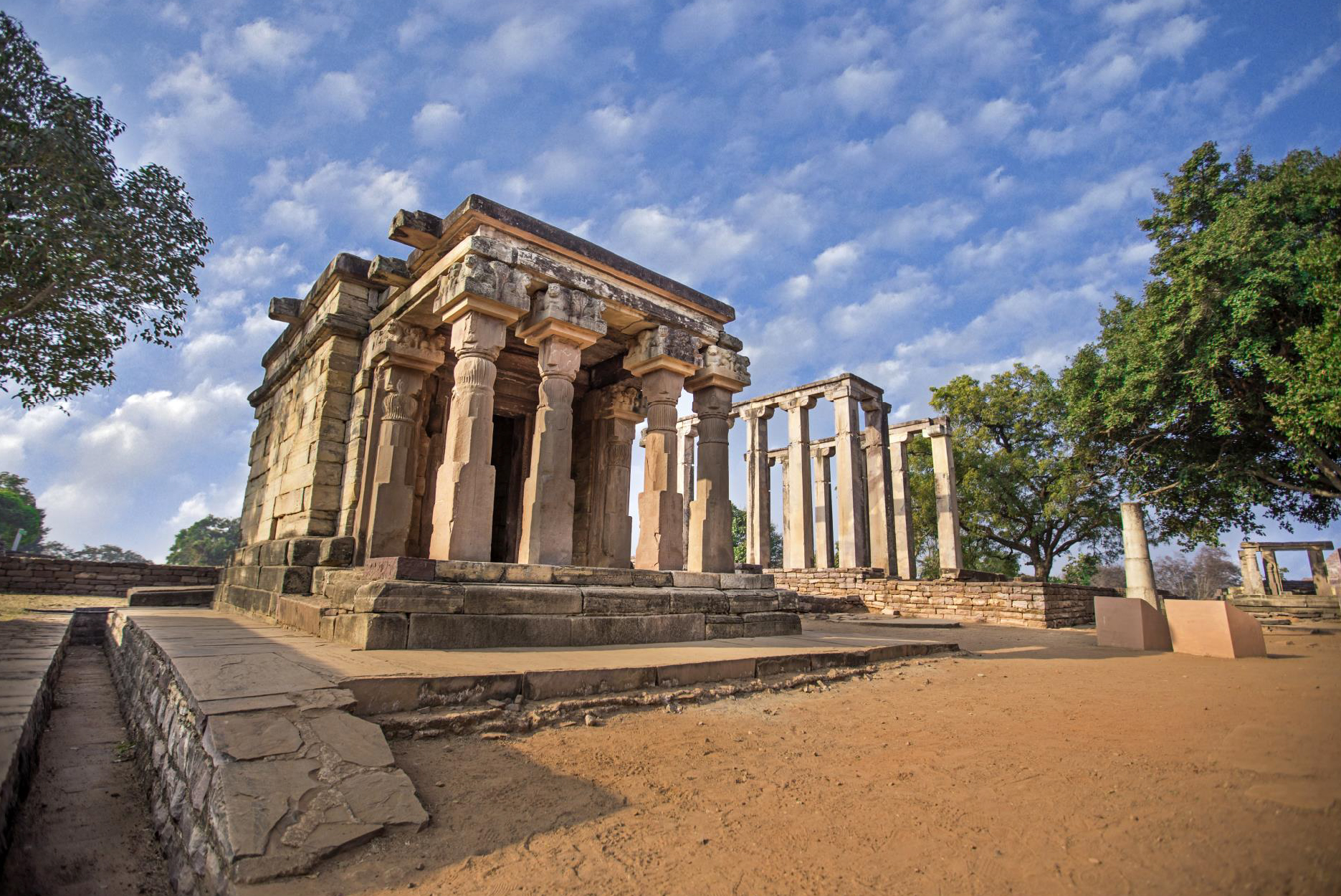
Sorry, we couldn't find anything that matches your search.
Destination

Famous Places to Explore in Hyderabad
A vibrant city with the imposing...

Raipur Tourist Places | Best Place to Visit
The stronghold of several erstwhile...

Ahmedabad
Declared as India's first UNESCO World...
#
Vidisha
Located in the fork of the Betwa and the Bes rivers, the town of Vidisha is just 9 km away from Sanchi. The town was called Besnagar at one point in time. It was an important part of the kingdom of emperor Ashoka and was named Vidisha after his wife, Devi who was also called Vedisa-Mahadevi.
She was the daughter of a merchant who lived near Vidisha. One can find numerous monuments with archaeological and historical significance as the town was an important centre of trade through the 5th and the 6th centuries. Local legend suggests that Vidisha was such an influential place that it finds mention in the epic Ramayana as well as the Meghdoot. According to historical records, Vidisha retained its importance even during the golden rule of the Mauryan as well as the Gupta empire. Today, it attracts travellers because of the interesting ruins of the Bija Mandal Temple and the Gumbaz ka Makbara. The massive dimensions of Bija Mandal have in fact led a number of people to draw comparisons between this temple and the famous Konark Temple in Odisha. One can also head over to Gyaraspur nearby to visit some more ancient sites. The famous Udaygiri caves also lie in the vicinity. These contain a number of important inscriptions from the Gupta period. A Heliodorus pillar, believed to have been constructed in 110 BC and known as Khamba Baba, is another attraction here. Local legend says that the pillar was constructed by Heliodorus after he converted to Hinduism and became a devotee of Lord Vishnu. There is a District Archaeological Museum here, which houses antiquities dating back to the 9th century.

Udaygiri caves
Situated about 5 km west of Vidisha and 13 km from Sanchi, these Gupta period caves, are a testament to the skill of the artisans carving religious sculptures so intricate and grand that they still inspire aesthetic awe. There are 20 caves in all and one should try to visit as many as possible. The caves were carved out of sandstone hills in the 4th and 5th centuries. Brahmi inscriptions have been found in the caves that have been influential in ascertaining their timeline.
The relief sculptures, like the iconographic one of Lord Vishnus varaha or boar incarnation in Cave 5, has been accepted as one of the most accomplished examples of Gupta art. The varaha avatar tells the story of how Lord Vishnu saved Goddess Earth from demon Hiranyaksha, who had abducted and taken her into the deep ocean. The panel measures an impressive 7x4 sq m. The scene has also been hailed as an allegorical statement by the Gupta kings about their might in protecting their land (earth) from all evils. These cave temples have been considered among the best and the earliest examples of religious architecture in India. The shrine holding the shivling is especially interesting as its walls are decorated with intricate mythological carvings.

Ashoka Pillar
Perhaps the most popular attraction in Sanchi is the Ashoka Pillar, lying near the southern gateway of the famed Sanchi Stupa. The pillar is believed to have been erected in the 3rd century BC. It is very similar to the pillar at Sarnath. Although the entire structure has not been preserved, one can see the shaft of the pillar from the gateway, and the crown has been displayed in a museum. The crown of the pillar is its most attractive feature.
It is adorned by four regal lions facing in four directions, with their backs to each other. The style of architecture has been hailed as Greco-Buddhist. The figure is considered to be an outstanding example of the aesthetic elegance and the exquisite structural balance characteristic of the Mauryan architecture. A representation of this figure containing the four lions has been adopted as the National Emblem of India.The lions of this Ashoka pillar do not support the Dharmachakra, or the wheel of dharma, law. It is worth visiting the museum at Sanchi just to witness the inspiration of the National Emblem in its historical and heritage setting.

Sanchi Stupa
The grand structure stands tall and imposing at a height of 42 ft and a width of 106 ft. The central chamber of the stupa is a large hemispherical dome that is home to many relics of Lord Buddha. Traditionally, however, stupas do not contain relics and merely depict teachings and philosophies through carvings. Sanchi Stupa is surrounded by elaborate toranas, which are free-standing arched gateways used for ceremonial purposes in Indian temple architecture.
The intricate carvings on the doorway are inspired by the life events and miracles of Lord Buddha, taken from the Buddhist jataka stories. The original stupa built by emperor Ashoka was a low brick structure, only half the diameter of the present edifice. It was supported by a raised terrace at its base and was enclosed by a wooden railing with a stone umbrella on top. The stupa can be seen from as far as 4 km away, surrounded by lush verdant trees and serves as the nucleus around which the other stupas came up eventually. It has been declared as a UNESCO world heritage site.







